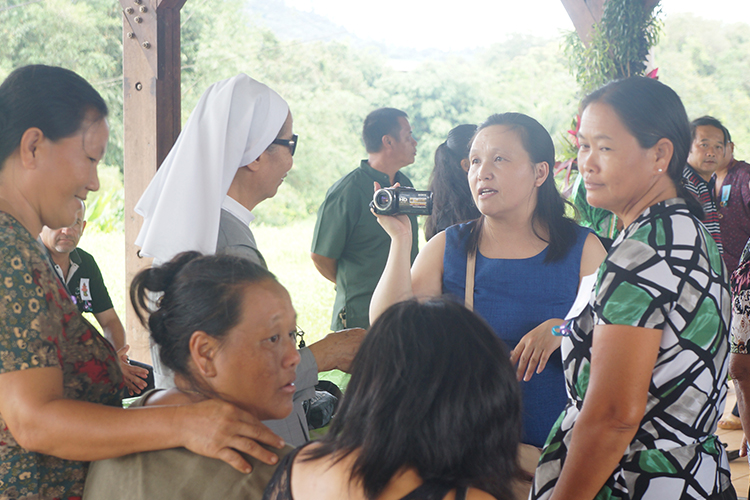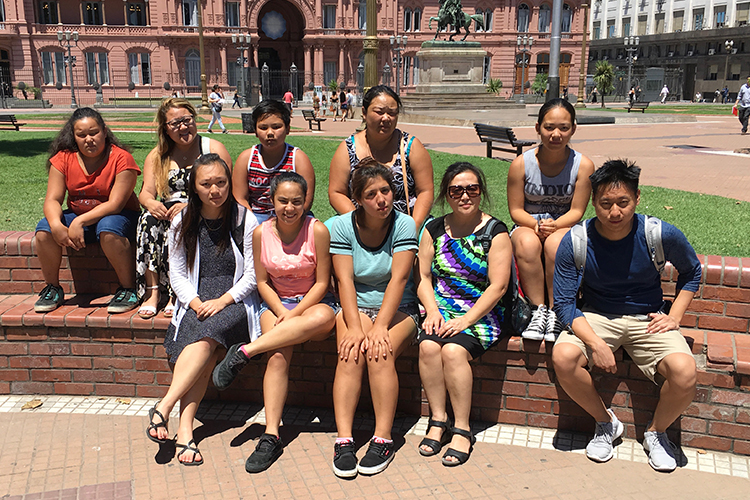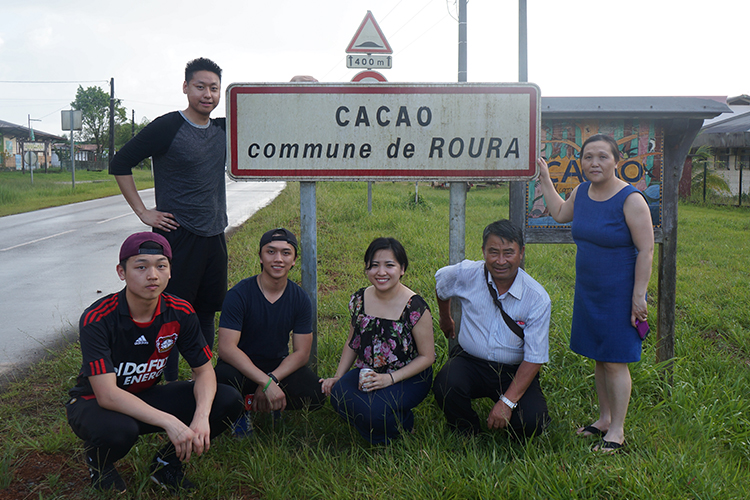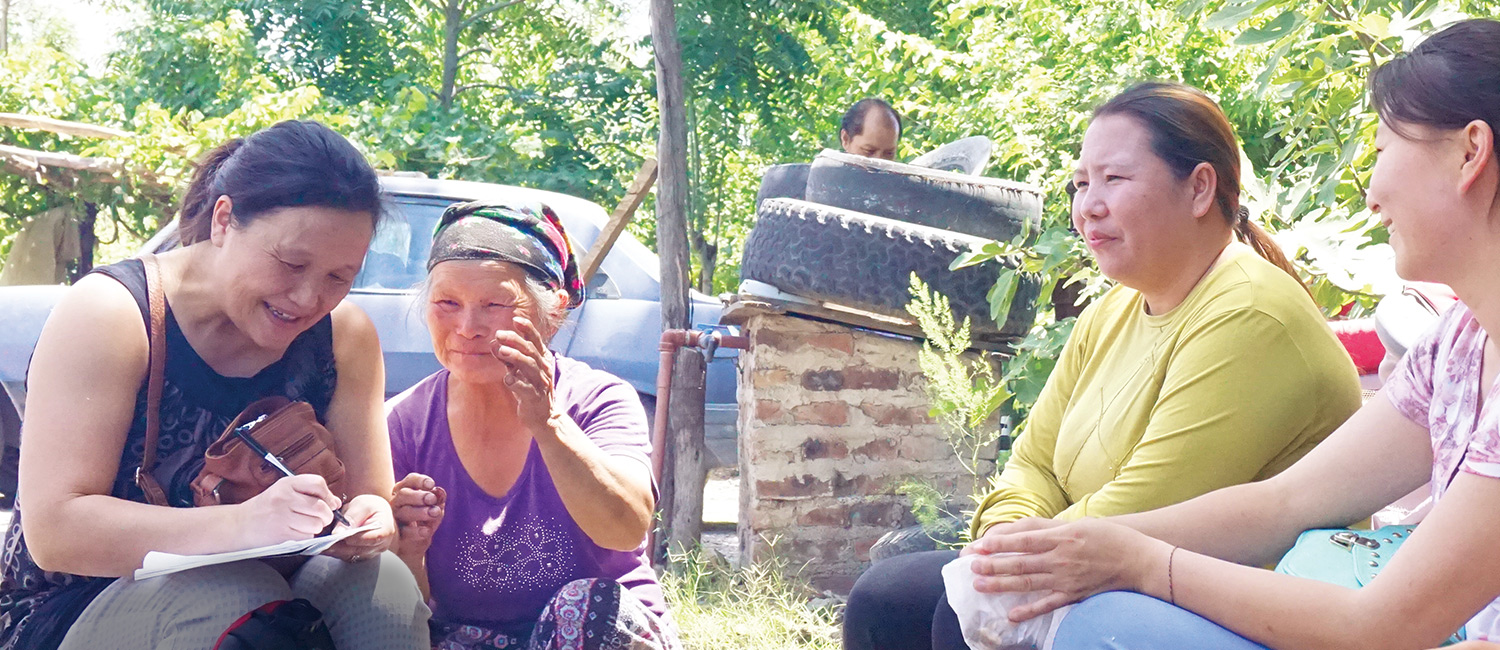
An Immigrant’s Journey
Chia Youyee Vang's refugee experience sparked her passion to explore the lives of Hmong people worldwide.
She was 9, new to the United States, new to its culture and the English language, and new to such taken-for-granted things as school.
It was 1980, and Chia Youyee Vang was a Hmong refugee from Laos. Her family had been displaced for months, the result of an attack on their village during the aftermath of the U.S.’s involvement in the Vietnam War. Neither her village nor her refugee camp provided a formal education. Now, in her new hometown of St. Paul, Minnesota, she had classmates.
“All the refugee kids were piled up in these classrooms for English as a second language,” Vang recalls. “Even though we were 9 years old, we were still learning our ABCs.”
Today, she’s a long way from ABCs. A UWM professor of history, Vang is one of the world’s leading experts on Hmong refugees. She’s also one of the first people of Hmong descent to become a full professor at a major research university, a position earned in 2017 after her groundbreaking efforts to document experiences within the Hmong diaspora.
Vang pays particular attention to the ways different refugee populations have adjusted to their new communities and what factors affected those adjustments. “I’ve always been really concerned with people being displaced,” Vang says. “I think about not only what has happened to Hmong people – being forced from our homes and what has happened to us over 40 years – but also the millions of other powerless people around the world.”
In addition to being deeply personal work, her research on Hmong communities informs policymakers attempting to address new refugee crises, such as those in Yemen and Myanmar. It offers lessons in how to better preserve refugees’ cultural and family connections. It’s an academic journey that began in earnest at St. Paul’s Johnson High School.
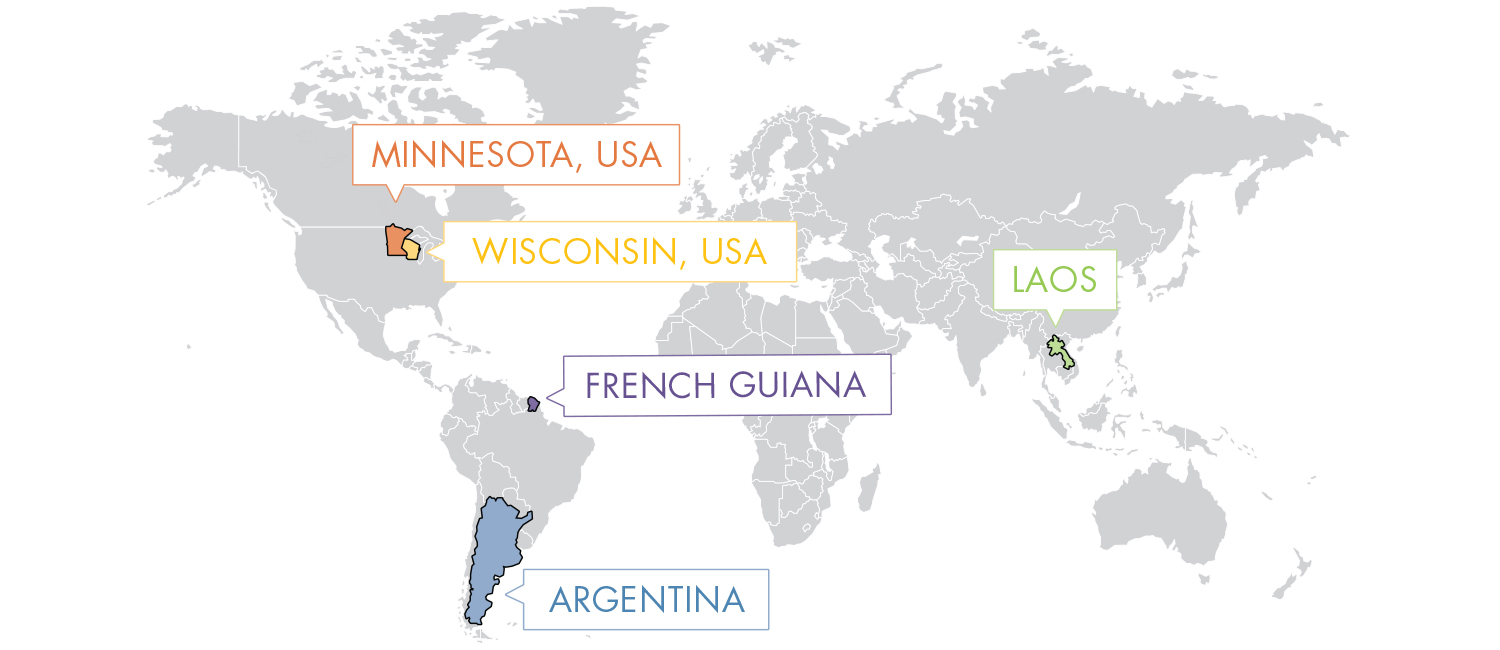
Vang was one of some 170,000 Hmong displaced to the Western hemisphere in the post-Vietnam War era. About 145,000 of those Hmong refugees found a home in the U.S., while other Hmong communities landed in France, Canada, Argentina and French Guiana in South America.
As a teenager, Vang became an officer in the Hmong student club at Johnson High School, which taught a large Hmong population. “We still had new refugees coming in 1990, new kids who reminded me of me,” she says.
Newly confident in her language and leadership skills, she was an advocate for fellow Hmong students, especially the newcomers. “When I learned how to speak,” she says, “I spoke.” She asked the principal to provide a room during lunchtime so more established Hmong students could help newer arrivals.
Vang became a multisport athlete and played in the school band – all with her parents’ spirited support. Her dad faithfully attended her swim meets, but he still struggled with English. He’d have to wait for one of Vang’s siblings to translate the announcer’s commentary before jumping up to cheer for his daughter.
When she was a high school senior in 1990, Hmong students organized to win a spot in the Homecoming court, and Vang was elected lady-in-waiting. When the queen was dethroned for disciplinary reasons, Vang ascended to the role.
“The next year, I got to go back to crown the new king and queen,” she says. “That’s my American story.”
She earned a bachelor’s degree from Gustavus Adolphus College, which included spending her junior year abroad in France, then attended graduate school at the University of Minnesota. There, she earned a master’s degree in public affairs and a doctorate in American studies. Some 40 members of her extended family traveled from California to attend a celebration after her doctorate was awarded.
“I’ve been able to do well because it isn’t just for me,” she says. “They get to claim it, too.”
Vang joined UWM’s history faculty in 2006 and established a certificate program in Hmong diaspora studies in 2009. Her current research focuses on Hmong refugee experiences in South America.
“We know what has happened to our community in the U.S., but very little about those around the rest of the world,” Vang says. She seeks “lessons on different ways that people manage to survive and rebuild their lives.”
Vang is joined on her South American research trips by UWM students. Through extensive interviews, they’ve explored the experiences of Hmong refugee communities in French Guiana and Argentina.
“Not only has Chia’s research expanded both scholarly and popular understandings of diasporic Hmong communities,” says fellow UWM historian Rachel Buff, “but she also has mentored a new generation of scholars in the field she helped invent.”
Vang’s research discovered a divergence in the former refugees’ ability to build community and develop a sense of belonging, circumstances affected by political and economic conditions as well as the sizes of the Hmong population. The findings suggest that resettling people in larger groups and providing support for family connections, cultural preservation and economic stability could improve the long-term well-being of other refugees.
In French Guiana, French missionaries led the resettlement of 1,000 Hmong refugees from 1977 to 1979. “They had to cut down the jungle – just like they did in Laos – and build their own homes,” Vang says. Locals resisted having the refugees there. “There were protests in the streets.”
But because they are French citizens, the Hmong Guianans thrived. Hmong farmers dominate the fresh produce market – a privileged position facilitated by the French government. This relative prosperity has raised educational ambitions for the younger generations. “They don’t send kids to high school in the village,” Vang says. “They send them to the capital or to France.”
The Hmong population that settled in Argentina in the late 1970s was much smaller than the Guianans, only 21 families, and new arrivals were not relocated as a community. Instead, individual families were dispersed to farms to work as laborers with no way to communicate.
Over the years, families found each other, and some congregated in Rio Negro, a province in the country’s southern region of Patagonia. “They were able to have small Hmong New Year celebrations,” Vang says. “There was a little bit of social support.”
Family reunification has made it possible for some of the Hmong Argentines to immigrate to the U.S., French Guiana or Germany. “The rest are stuck there,” Vang says, and the economic success of their Hmong Guianan counterparts has eluded them.
Today, only about 100 Hmong people remain in Argentina. They are scattered across the country, living mostly as farmers on rented land or laborers in construction or other menial work.
But there are other strands of their legacy. At an academic conference, Vang met a descendant of the Hmong Argentine community. She was an education undergraduate student, and the two struck up a conversation.
On Vang’s next research trip to South America, she had a new interpreter and research assistant.
